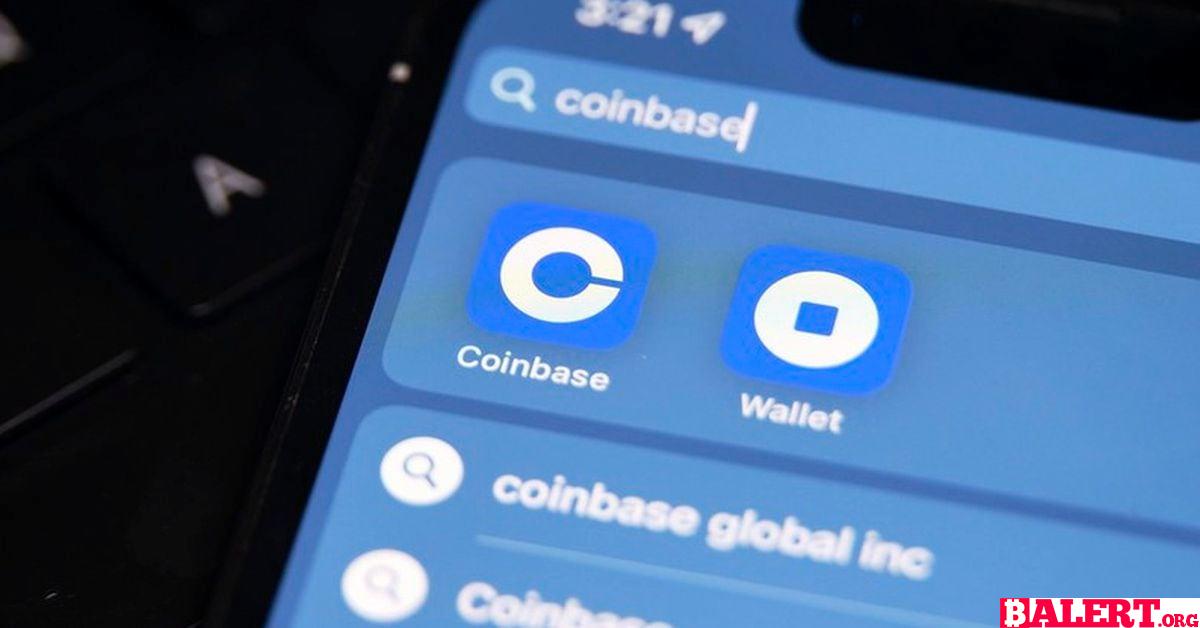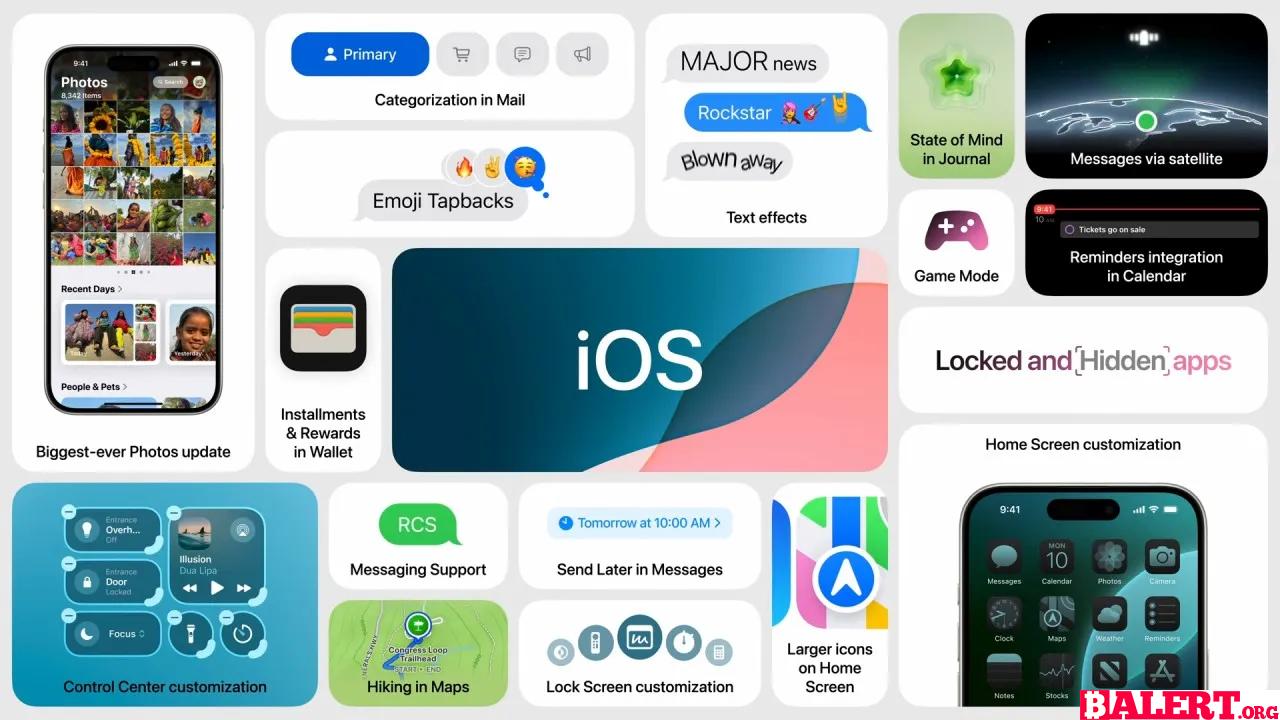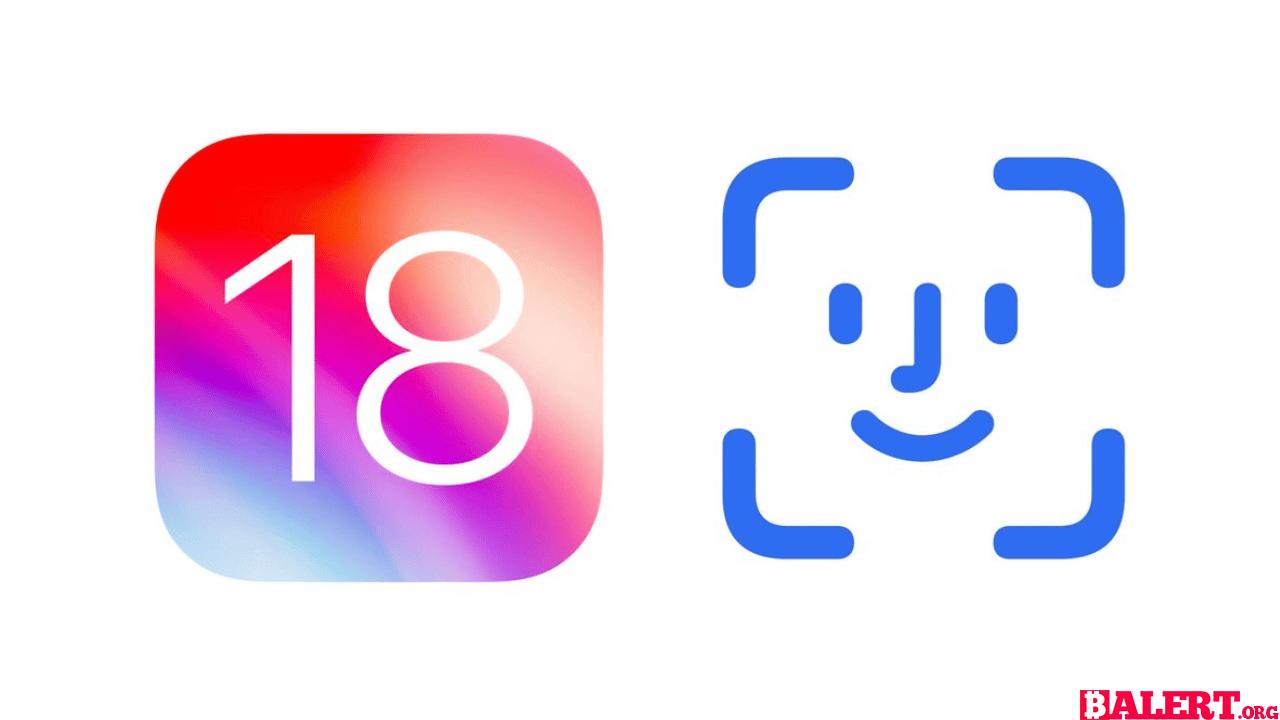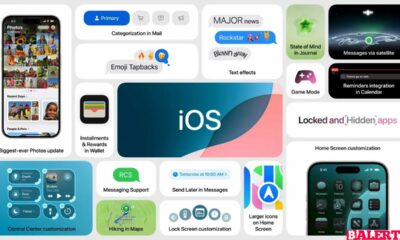Tech
Base: Coinbase’s Layer-2 Blockchain Success Story
Discover the success story of Base, Coinbase’s innovative Layer-2 blockchain. Explore its impact on scalability, transaction efficiency, and the future of decentralized finance, as it reshapes the crypto landscape.

In the dynamic landscape of layer-2 blockchains built on Ethereum, Base, developed by the U.S. crypto exchange Coinbase, has quickly risen to prominence. While it may not be the most technologically innovative project—it was launched last year utilizing code from the Optimism team and its OP Stack framework—it has nonetheless achieved remarkable success. Base now holds the No. 2 position on the L2Beat leaderboard, commanding an impressive 18% market share among 74 active layer-2 networks. Although Arbitrum’s Arbitrum One leads with a 40% share, Base has outpaced established rivals like Starknet and Polygon, as well as Optimism itself.
Layer-2 networks are designed to enhance transaction speed and reduce costs compared to the Ethereum base layer. They employ a mechanism known as a sequencer to aggregate transactions, subsequently recording or “settling” them on the main blockchain, akin to documenting records in a local government office. Often referred to as rollups, these layer-2 solutions play a crucial role in Ethereum’s roadmap for scaling the network to accommodate the future of finance on blockchain technology.

Interestingly, the competition for dominance in the blockchain realm, similar to other industries, heavily relies on effective marketing strategies and substantial financial resources to attract users, rather than merely on technological superiority. Coinbase has significantly fueled Base’s growth through strategic advertising campaigns and engaging promotional events, including the recent Onchain Summer.
The pressing question now is whether this surge in activity is sustainable. Are the accounts active users with genuine needs on-chain, or merely a swarm of beta testers exploring various protocols on Base? Are they speculative “degen” crypto traders capitalizing on temporary promotions and quests in search of quick rewards? According to a press release from Coinbase, the three-month Onchain Summer event attracted participation from over 2 million unique wallets— a staggering increase compared to about 268,000 in the previous year—resulting in over $5 million in mint revenue for creators. “The results really blew us away,” a Coinbase spokesperson remarked in an email. “The 2.2 million unique wallets participating was about 8 times what we saw last year, and more than double our internal expectations.”
Base is led by Jesse Pollak, who joined Coinbase in 2017 as an engineering manager and later transitioned in 2021 to oversee protocol development. Independent blockchain data corroborates Base’s growth trajectory. A recent chart from on-chain data provider Token Terminal indicates that while other layer-2 networks have faced a decline, Base has continued to accelerate in recent months.
A glance at Coinbase’s latest quarterly report, filed with the U.S. Securities and Exchange Commission, reveals that the exchange invested over $165 million in sales and marketing during the three months ending June 30—more than double the amount spent during the same period the previous year. In the first quarter of 2024, Coinbase reported “other” transaction revenues of $52.5 million, which includes sequencer fees collected by Base.
Memecoin Mania
Base has successfully positioned itself to compete with Solana—a layer-1 blockchain known for its swift and economical transactions—as well as other Ethereum layer-2 solutions, particularly in decentralized finance (DeFi) applications involving the exchange of diverse assets and money markets, according to Rob Hadick, a general partner at VC firm Dragonfly. In terms of daily active addresses and transactions, Base has surpassed other layer-2 networks and has moved into the top five for several key DeFi metrics, such as total value locked (TVL) and sequencer fees.
However, what precisely drives traffic to Base? A closer examination of Base’s leading DeFi protocol, Aerodrome Finance, reveals that nearly all of the top markets, particularly when excluding stablecoin swaps, are linked to memecoin trading pools. This type of activity is known for its volatility, with memecoin traders often shifting their focus based on the latest trends. “When we look at Uniswap on Base, we see a similar pattern, with two of the top five traded tokens being memecoins,” Hadick noted in an email. “Much like Solana, Base has effectively tapped into these long-tail token trading markets, attracting younger users eager to speculate on memecoins.”
Another factor contributing to Base’s success is the seamless process for transferring tokens from Coinbase. This is facilitated through a smart contract wallet, eliminating the need for seed phrases and the complications associated with other wallets. “This ease of transition from Coinbase to Base automatically brings many on-chain curious retail investors into the fold, who would otherwise have to navigate extra steps to engage in DeFi,” Hadick explained.
According to Oskari Tempakka, head of growth at Token Terminal, the success of Base can be attributed to the solid foundation provided by the collaboration between Coinbase and Optimism. As a U.S.-listed crypto exchange paired with Optimism’s scalability and expertise in decentralized governance, this partnership “positions Base exceptionally well by leveraging Coinbase’s brand, distribution, and partnerships.”
Tech
Tesla Semi Fire: NTSB Preliminary Report Released
The NTSB’s preliminary report on the Tesla Semi fire has been released. This content includes important information about the details of the incident, the causes of the fire, and Tesla’s safety measures. Explore the impact on Tesla’s electric vehicles and its future steps.

The National Transportation Safety Board (NTSB) released a preliminary report stating that a Tesla Semi electric truck in California required firefighters to use “50,000 gallons” (approximately 190,000 liters) of water to extinguish a roadside fire. Firefighting teams also deployed an aircraft to drop fire retardant on nearby areas as a precautionary measure to control the fire.
The accident occurred on August 19 at 3:13 AM local time on the I-80 highway east of Sacramento. The electric truck went off the road while navigating a curve, collided with a roadside boundary marker, and then struck a tree, coming to a stop. Fortunately, the driver was not injured in the accident; however, considering their health condition, they were taken to the hospital.
The Tesla Semi’s large 900 kWh battery caught fire upon impact, and toxic smoke began to spread during the fire. While the fire continued with temperatures reaching up to 538°C, firefighters worked intensively to cool the blaze with water. However, due to the fire’s effects, the vehicle continued to burn until late in the afternoon. Meanwhile, Tesla sent a technical expert to the scene regarding fire safety and high voltage hazards.
The highway reopened to traffic at 7:20 PM local time, 16 hours after the accident. The NTSB, as an organization that can only make recommendations and cannot enforce regulations, sent a team to the area for investigation purposes. This major accident raised several issues, including dangerously hot fires and toxic smoke, which will attract the attention of many international organizations.
The NTSB had previously stated in 2021 that fires in the batteries of electric vehicles pose serious risks to emergency response teams and that the guidelines provided by manufacturers for such fires are inadequate.
Tech
New Leaks and Features About the Samsung Galaxy S25 Ultra
Discover the latest leaks and features about the Samsung Galaxy S25 Ultra. Equipped with new technologies and advanced features, this smartphone elevates the user experience to a new level. Check it out for details!

New Leaks About Samsung Galaxy S25 Ultra
Samsung is expected to introduce the Galaxy S25 Ultra along with the Galaxy S25 series at the beginning of 2024, likely in January. Although no official announcement has been made yet, leaks regarding the upcoming flagship continue to spread rapidly on the internet. Notable leak source IceUniverse shared several new visuals of the Galaxy S25 Ultra in a post on the X platform. These visuals reveal the design differences between the Galaxy S25 Ultra and the Galaxy S24 Ultra.
One of the notable features in the leaked images of the Galaxy S25 Ultra is the rounded corners of the phone. In contrast, this year’s Galaxy S24 Ultra has quite sharp corners, which has led to feedback from some users indicating discomfort while holding the device. Previous leaks have suggested that the Galaxy S25 Ultra may be somewhat larger.
A tweet shared by IceUniverse: Galaxy S25 Ultra Image
According to leaks, the Galaxy S25 Ultra is expected to be thinner and lighter compared to previous models. In August, rumors emerged that the upcoming Galaxy S25 Ultra would be lighter than its competitors, with a weight of under 221 grams.
Another image featured in IceUniverse’s post shows close-ups of the sides of both next year’s expected flagship phone and Samsung’s current flagship. In this image, the side of the Galaxy S25 Ultra appears flatter with rounded corners. While these changes may not create a major revolution, they will generally positively affect the feel of the phone in hand.
Looking at other rumors about the Samsung Galaxy S25 Ultra, it is expected that the company will offer top-tier screen and camera upgrades next year. Additionally, there is a strong expectation that the satellite connection feature will also be introduced alongside the Galaxy S25.
Tech
iOS 18 Officially Released: Innovations and Features
iOS 18 has been officially released! This update, packed with new features and innovations, elevates the user experience to the next level. Check out our article for details and discover the new offerings of iOS 18!

iOS 18 Officially Released: Here Are the Innovations!

Apple officially launched iOS 18 yesterday, as promised. After a long beta testing phase, this update brings many exciting new features for iPhone users.

New Features in iOS 18
- Advanced Customization Options on the Home Screen: With iOS 18, users can now arrange app icons freely without sticking to the traditional grid layout. Additionally, there’s an option to change the colors of the icons and adjust their darkness levels. In short, you are no longer bound to a boring layout. It raises questions why Apple waited until 2024 to offer this feature.
- Revamped Control Center: The Control Center is completely redesigned in iOS 18. Users will be able to group controls more comfortably, and developers can easily add controls from their applications. Also, there’s an option to divide the Control Center into pages, allowing different controls on each page.
- RCS Messaging Support: With iOS 18, Apple introduces Rich Communication Services (RCS) messaging support. Users can add various effects to their texts and react with new emojis for more colorful responses.
- Updated Photos App: The Photos app is presented with a new opening page and a modern layout. Users can now browse photos by time, people, and many other criteria, reorder media files, and explore more with the “Collections” feature.
- App Lock Feature: Users can now lock specific applications. For example, they can activate Face ID protection from the menu that appears when long-pressing an app icon. Thus, anyone wanting to open the app will have to pass the Face ID protection first.
- Apple Intelligence: One of the important features of iOS 18 is Apple’s artificial intelligence kit, Apple Intelligence. However, to fully benefit from this feature, you’ll need to wait for the iOS 18.1 update. More information about Apple Intelligence can be found here.
How to Install iOS 18?
- Open the Settings app.
- Tap on General.
- Select Software Update.
- Your iPhone will notify you that the new iOS 18 update is available.
- Click on “Download and Install” and follow the on-screen instructions.
Which iPhone Models Can Install iOS 18?
- iPhone XR, XS, and XS Max
- iPhone 11
- iPhone 11 Pro and 11 Pro Max
- iPhone SE (2nd generation)
- iPhone 12 mini and iPhone 12
- iPhone 12 Pro and iPhone 12 Pro Max
- iPhone 13 mini and iPhone 13
- iPhone 13 Pro and iPhone 13 Pro Max
- iPhone SE (3rd generation)
- iPhone 14 and iPhone 14 Plus
- iPhone 14 Pro and iPhone 14 Pro Max
- iPhone 15 and iPhone 15 Plus
- iPhone 15 Pro and iPhone 15 Pro Max
- iPhone 16
- iPhone 16 Plus
- iPhone 16 Pro and iPhone 16 Pro Max
-

 Business4 months ago
Business4 months agoObituary: Dan Collins
-

 Business3 months ago
Business3 months agoThe Significance of Jackson Hole: A Central Banking Tradition
-

 Gaming5 months ago
Gaming5 months agoMore than a thousand students vowed not to work for Amazon and Google due to the Nimbus Project.
-

 World5 months ago
World5 months agoRussia and North Korea Strengthen Defense Ties
-

 Business5 months ago
Business5 months agoJump Crypto Invests $10 Million in Pro-Crypto PAC
-

 Article5 months ago
Article5 months agoCreative Design Applications Developed with Artificial Intelligence
-

 Tech2 months ago
Tech2 months agoNew Leaks and Features About the Samsung Galaxy S25 Ultra
-

 Gaming5 months ago
Gaming5 months agoThe Inspirational Success Story of Avon’s Founder Who Sold Books Door to Door











